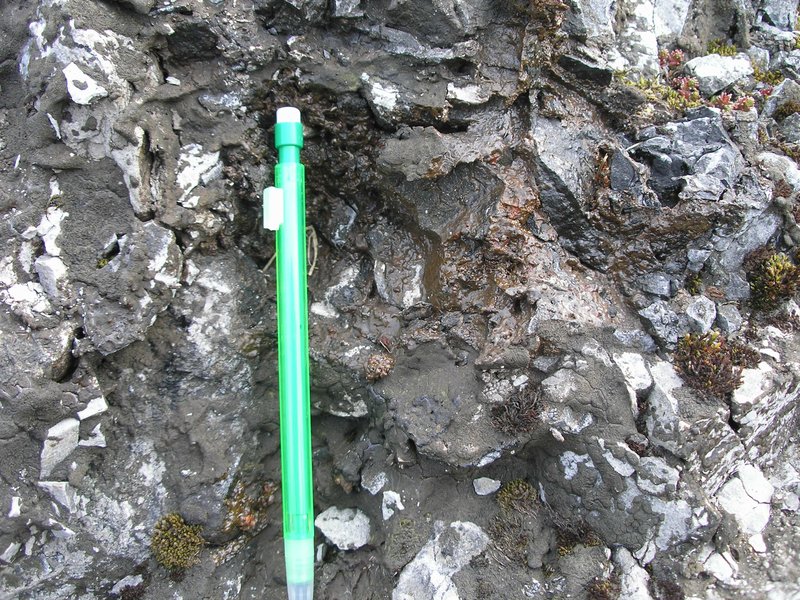Although the volumes of oil and gas are often large, sometimes with more than a billion barrels of oil in place, complex pore systems mean that fluid flow behaviour can be hard to predict. In many fields, therefore, much less than 50% of the oil in place has been recovered, despite decades of production. In these fields, enhanced oil recovery methods are required to optimise productivity, which can carry a high capital and operating cost since water, gas or chemicals need to be injected into the reservoir to enhance productivity. Carbonate reservoirs can be further complicated by chemical reactions that take place between evaporite minerals and hydrocarbons within carbonate reservoirs that are heated to >140oC can produce sour gas (H2S), which is highly toxic and an unwanted by-product of hydrocarbon production. Furthermore reactions between water used for production and limestone can lead to the precipitation of calcite scale within drill pipes, reducing the effectiveness of oil and gas production.

Bitumen (black) within an oil seep in a fractured limestone
The ability of carbonate rocks to maintain porosity at burial depths of up to 4 km, with effective fluid flow pathways via tectonic fractures, and their moderate to poor thermal conductivity, which means that it can retain heat. Consequently, water stored at 2km depth within limestone can be as warm as 75 to 125oC; it would also be possible to warm cold water that was injected at the surface into a limestone at this depth.